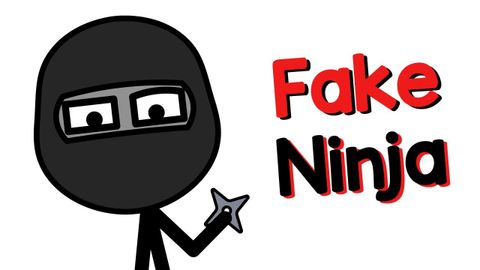你所知道的關於忍者的一切是錯誤的 (Everything You Know About Ninja Is Wrong)
神谷菜々子 發佈於 2022 年 08 月 15 日  沒有此條件下的單字
沒有此條件下的單字US /prəˌnʌnsiˈeʃən/
・
UK /prəˌnʌnsiˈeɪʃn/
- n. (c./u.)發音;正確發音;發音方式;發音指南
- n. (c./u.)串;束;一群人
- v.t.使成一串
- v.t./i.打褶
US /tɛkˈnik/
・
UK /tekˈni:k/
- n. (c./u.)技術;工藝;技能;(藝術)技巧
- n. (c./u.)條件;條款;期間;期限;學期;術語;關係;項;妊娠期;任期
- v.t.命名
